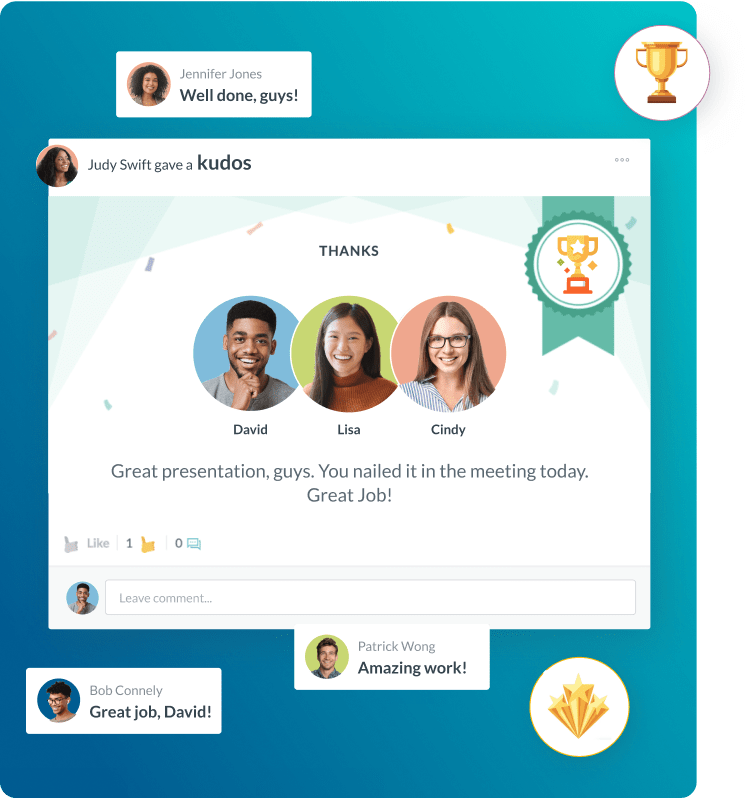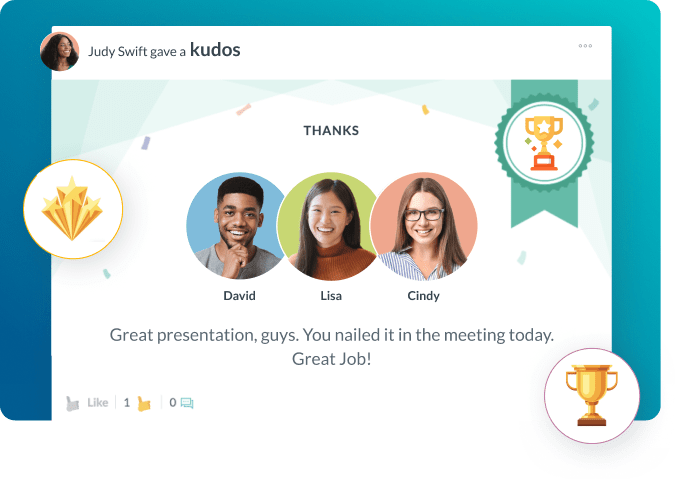Hybrid Workforce Model
- Strategic Pillars and Key Takeaways for Hybrid Success
- Comparing Hybrid Models: Structure and Strategic Value
- Best Practices for Leading a Successful Hybrid Workforce
- Pitfalls to Avoid in Hybrid Workforce Management
- Practical Industry Applications of the Hybrid Model
- Implementation Plan: A Step-by-Step Guide
- Future Outlook and Preparing for Hybrid Trends
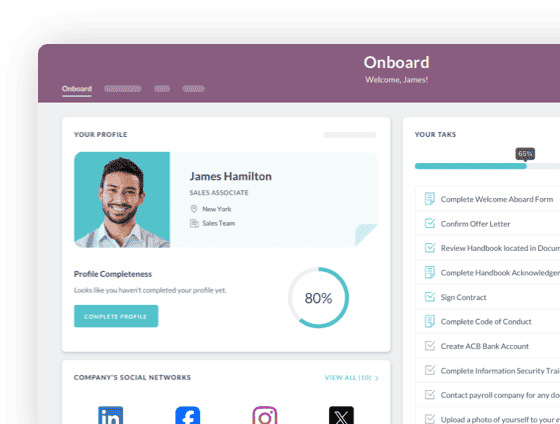
 Cut onboarding time
by 60%—here's the
Ultimate Checklist
that helped do it.
Cut onboarding time
by 60%—here's the
Ultimate Checklist
that helped do it.
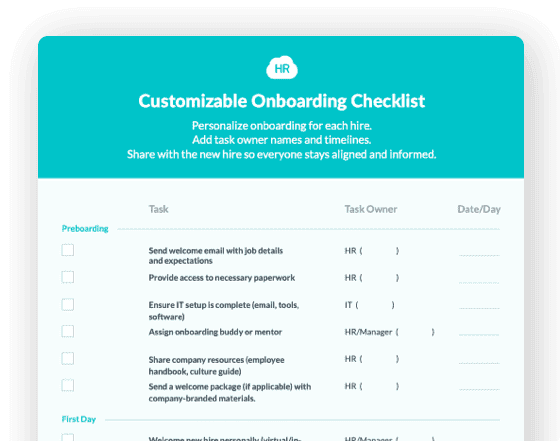
The hybrid workforce quickly changed. It went from a short-term fix to a standard business plan. Business leaders must understand and use this model correctly. It is now key for keeping business running, holding onto good workers, and making work efficient.
The hybrid workforce is a flexible model. Employees split their time between the office and a remote place, often their home. This setup gives the company and the person more control over where and when work happens.
This model is very important. It meets the new needs of today's employees. It also lets companies cut down on office space and hire from a bigger talent pool. It is not just fully in-office or fully remote. It is a balanced way to boost output and make the overall employee experience better. Using this flexible structure helps attract and keep top talent in a tough job market. Companies that do not change may lose great people who want work-life balance and flexibility. Moving to this model needs a smart plan for technology, company culture, and how managers work. This plan must make sure all employees feel connected and valued no matter where they are. This is a key focus area for effective HR Software Solutions.
Strategic Pillars and Key Takeaways for Hybrid Success
Managing a blended workforce needs a clear, smart focus on talk, tools, and culture. The goal is a smooth work setup. In this setup, teamwork and results succeed no matter where people are. Starting a hybrid model lets a company change how work gets done. It builds more trust between leaders and staff.
Key takeaways for decision-makers establishing or refining their hybrid strategy include:
Prioritizing Digital Infrastructure:
Strong, safe, and reliable technology is the key to any good hybrid model. This means using cloud tools, video platforms, and integrated Employee Experience Platform tools. These tools make sure both remote and in-office staff have equal access to all resources.
Emphasizing Asynchronous Communication:
Teams must learn to talk well across different time zones and work times. Teams should use fewer live, instant meetings. They should use more written, well-documented communication. This stops burnout. It also lets all staff share their ideas, no matter their working hours.
Focusing on Outputs, Not Hours:
Good hybrid managers stop watching how many hours people work. They start judging their measurable results and clear goals instead. This way of trusting people lifts team spirit and makes sure everyone is held to their work.
Cultivating an Equitable Culture:
Leaders must work hard to stop "proximity bias." This is when in-office staff get better treatment or chances than remote workers. All staff must have fair chances for coaching, promotions, and key projects.
Redefining the Purpose of the Office:
The office should change. It must be a planned place for connecting, teamwork, idea sessions, and social events. It should not just be a place for single desk work. The office becomes a place people want to go, not a place they have to go.
Adapting HR and Management Processes:
Almost every HR task must be looked at and changed for this flexible setup. This includes things like training new hires from far away and doing regular check-ins. Tools for Modern Workforce Management are key. They help track and support this team that works from many places.
Comparing Hybrid Models: Structure and Strategic Value
The word "hybrid" covers many ideas. Several clear models exist. The choice affects the needed tools, company culture, and rules. Leaders must pick a model that fits their business needs and worker roles. This table compares the three main models.
|
Feature |
Fixed Hybrid (e.g., 3 Days In, 2 Days Remote) |
Flexible Hybrid (Manager-Led) |
Remote-First Hybrid (Office as a Hub) |
|
Structure |
Strict schedule set company-wide or by team. Predictable office attendance. |
Manager and team decide the mix based on project needs and roles. High employee autonomy. |
Most employees work remotely by default. Office attendance is optional, driven by social or collaboration needs. |
|
Office Use |
Primary location for specific tasks like meetings or focused work; high utilization on required days. |
Used for targeted meetings and team collaboration; variable utilization. |
Used almost exclusively for large team gatherings, company events, or specialized equipment access. |
|
Key Advantage |
Predictability for planning, easier to maintain physical presence for client-facing roles. |
High employee satisfaction and personalization; best fit for project-based work. |
Access to the widest talent pool; significant savings on real estate costs. |
|
Primary Challenge |
Less individual flexibility, difficulty accommodating time zone differences. |
Potential for inconsistency across teams, requires strong managerial judgment and trust. |
Risk of social isolation for remote staff, difficulty in spontaneous in-person collaboration. |
Best Practices for Leading a Successful Hybrid Workforce
Setting up a hybrid work model is ongoing work. It needs constant review and smart leaders. Following proven best practices can lower risks and maximize the good things about flexibility.
Develop a Clear, Documented Hybrid Policy:
Do not leave the structure unclear. Write a policy. This policy must clearly state rules for office days, work hours, main teamwork times, technology safety, and paying back remote costs. This makes things fair and clear for everyone. It is a key part of smart Talent Acquisition Strategies.
Invest in Leadership Training:
Managers are the most important part of a hybrid model. Give them special training. This training helps them manage work based on results. It helps them spot and fix proximity bias. It helps them run good online meetings. It helps them keep distant teams highly involved. Using an effective Performance Management System is very important here.
Ensure Technology Equity and Access:
Giving laptops is not enough. Make sure all meeting rooms have great video and sound tools. This is called "hybrid meeting equity." It makes sure remote people can be seen and heard just as well as those in the office. Use the same tools for all project work, talk, and document sharing.
Redefine Onboarding and Social Integration:
Make clear programs for new hires. These programs must include both in-person and remote training. Teach them exactly how the company works together in the hybrid setting. Plan social events that are not about work. Do these both online and in person. This builds team bonds and a feeling of belonging. Strong Employee Engagement Tools can support this.
Measure and Iterate:
Use short employee surveys, turnover numbers, and output metrics. Use these to check if the policy works well all the time. Change the model based on this feedback and data. This shows staff that the company wants the plan to work for everyone. SHRM's guidance on flexible work highlights this focus on being flexible and always making things better.
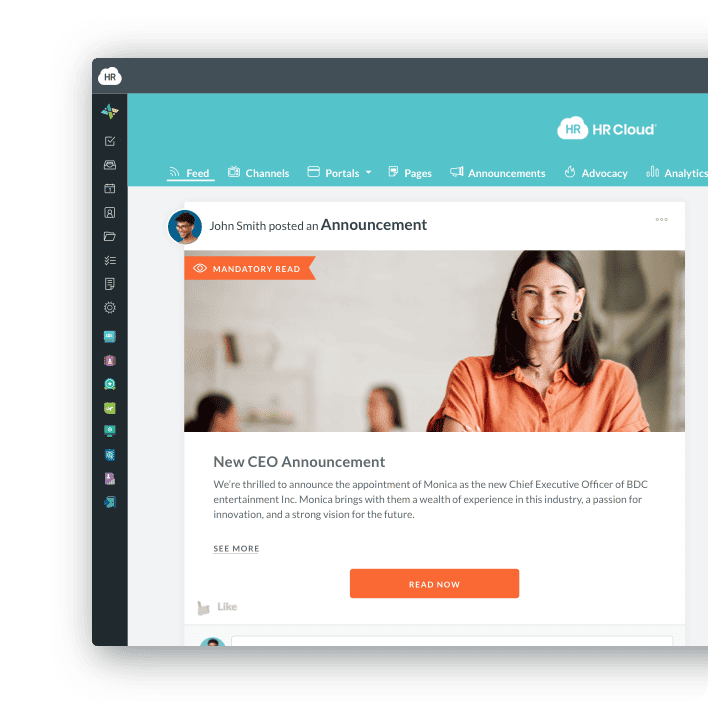
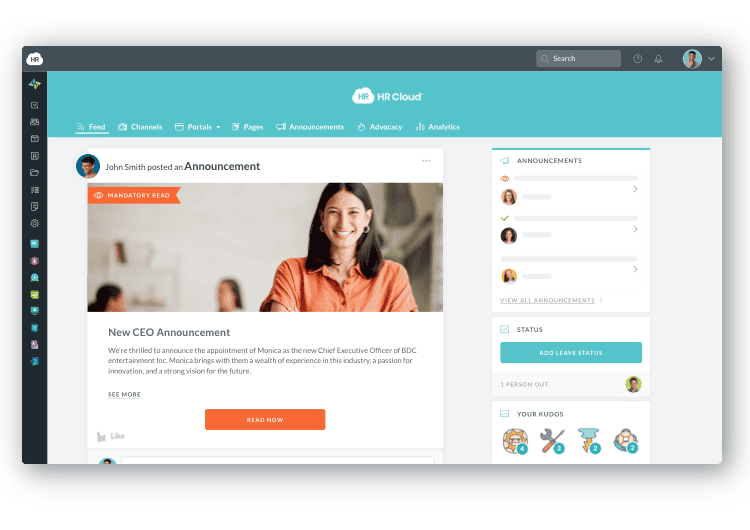
Pitfalls to Avoid in Hybrid Workforce Management
Even with good plans, companies can fall into traps. These traps hurt the hybrid model. Knowing these risks is the first step to avoiding them.
The Proximity Bias Trap:
Managers may favor staff they see in person without realizing it. This is "proximity bias." This can cause remote workers to miss out on promotions, key projects, or important casual talk. This bias breaks trust. It creates a "two-tier" staff. This badly hurts team spirit and leads to more people leaving.
Over-Reliance on Synchronous Meetings:
Moving too many in-office meetings straight to video causes "Zoom fatigue." It does this if the meeting culture does not change. This hurts staff in other time zones or those who work better on their own time. A Harvard Business Review analysis notes that good hybrid work often needs fewer meetings, not just different ones.
Failing to Redesign the Office Space:
Do not keep an office built for a full staff if only a few people come in. This wastes space and feels empty. The office must be set up for teamwork, not just quiet, single work. If not, staff will not see a good reason to commute.
Lack of Managerial Consistency:
Do not let every manager make up their own rules. This leads to confusion, unfairness, and anger. Being flexible is good. But core rules must be the same for everyone. These rules include things like safety, talk tools, and meeting manners.
Ignoring Digital Security:
Staff working from many places brings big risks for cyber-safety. It is a huge mistake to not demand strict use of VPNs and two-step sign-ins. It is also wrong to skip regular training on fake emails and data handling. This can cause data leaks. Protecting company data is most important for any Remote Work Policies.
Practical Industry Applications of the Hybrid Model
The hybrid model works well in many fields. It changes to fit their unique needs.
1. Technology and Software Development:
Tech companies started using this model early. Their work is project-based and done alone a lot. Their hybrid model is often "Remote-First." They use the office mainly for idea sessions, or big product launch meetings. This lets them hire specialized talent from anywhere in the world. They do not have to ask people to move. A recent Gallup report on employee sentiment shows that high flexibility is a major factor in keeping skilled tech workers. You can easily measure their work by looking at code updates and finished projects.
2. Financial and Professional Services:
Finance, law, and consulting firms usually use a "Fixed Hybrid" model. They often ask staff to be in the office on set days. This might be Monday for planning and Thursday for client meetings. This setup balances the need to meet clients and keep teams together with staff wanting flexible hours. Time in the office is often for important tasks. These tasks include guiding newer staff, client presentations, and official team checks.
3. Creative and Marketing Agencies:
These groups often use a "Flexible Hybrid" model. The manager leads it, and it changes based on the project. Teams might need to come in for intense, in-person idea sessions when starting a new campaign. But the work itself—writing, design, or editing—is often done far away. This system boosts creative thought and deep work focus. Forbes' insights on leadership suggest this focus is key to modern team success.
Implementation Plan: A Step-by-Step Guide
Moving to a good hybrid model needs a careful, step-by-step plan. Do not make a sudden, company-wide rule.
Phase 1: Discovery and Design (6-8 Weeks)
Assess Current State: Ask staff and managers what they like, what worries them, and what stops remote work. Find out which jobs truly need people in the office (like lab work or security). See which jobs can be fully flexible.
Define the Model: Use the survey results. Officially pick one model (Fixed, Flexible, or Remote-First) for each job type or department. Write down why you picked it.
Establish Core Policies: Write the first rules for coming to the office, using tools, safety, and how people should talk. Get approval from the legal and HR teams.
Phase 2: Enablement and Piloting (8-12 Weeks)
Technology Investment: Check and upgrade all tools and software. Make sure everyone has the same quality. Send out communication tools, teamwork platforms, and safety features. Do this the same way for all work sites.
Pilot Program Launch: Start the new hybrid model with just one team. Or use a small group of people from different teams. This lets you test the new rules and tools safely.
Manager Training: Start giving all managers special training. Teach them how to manage results in a hybrid setting. Focus on trust, outcomes, and avoiding proximity bias.
Phase 3: Rollout and Refinement (Ongoing)
Company-Wide Launch: Tell the whole company the final rules, training, and what to expect. Stress that the company plans to use this flexible model for the long term.
Feedback Loops: Set up ways for staff to give ongoing, formal, and secret feedback. Use short surveys every three months. Gather data on how staff feel, how much they produce, and if things seem fair.
Iterative Adjustment: Check the data every three months. Be ready to change the office design, update rules, and improve manager training. Base these changes on real results. This keeps the model quick and strong for the business.
Future Outlook and Preparing for Hybrid Trends
The hybrid workforce is here to stay. It is the new normal for how companies are built. This model will get even more complex. Technology will drive this, and companies will care more about how their staff feel.
A key future trend is more Global Hybrid Work. Companies will hire talent from all countries. They must manage different cultures, time zone problems, and complex legal rules. This growth will need super-flexible tools and rules to manage a truly global, spread-out team. Another trend is the rise of new tech, like virtual and augmented reality. These tools will make remote teamwork better. They promise to make online meetings feel more real. This will help close the distance that remote teams now face.
To get ready, business leaders should focus on several smart areas. They need strong global pay and rule systems. They must always update their cyber-safety rules for a work world without borders. They must train staff to use new teamwork tools. The World Economic Forum’s report suggests that future success depends on putting people first. This means technology must help the worker, not control them. The hybrid model makes this change possible. It creates a stronger, fairer, and wider talent plan for the future.
Keep Reading
Embracing Diversity: Recognizing Different Cultures in the Workplace
Workplaces today reflect the incredible diversity of the world around us. People bring
Employee Engagement Intranet Tools: A Practical Buyer's Guide for 2025
"We improved our communication effectiveness by 40% within the first 90 days of
Best Digital HR Solutions for Workforce Engagement in 2025: Complete Buyer's Guide
Modern workforce engagement software isn't just about surveys and recognition. It's about
Ready to streamline your onboarding process?
Book a demo today and see how HR Cloud can help you create an exceptional experience for your new employees.






